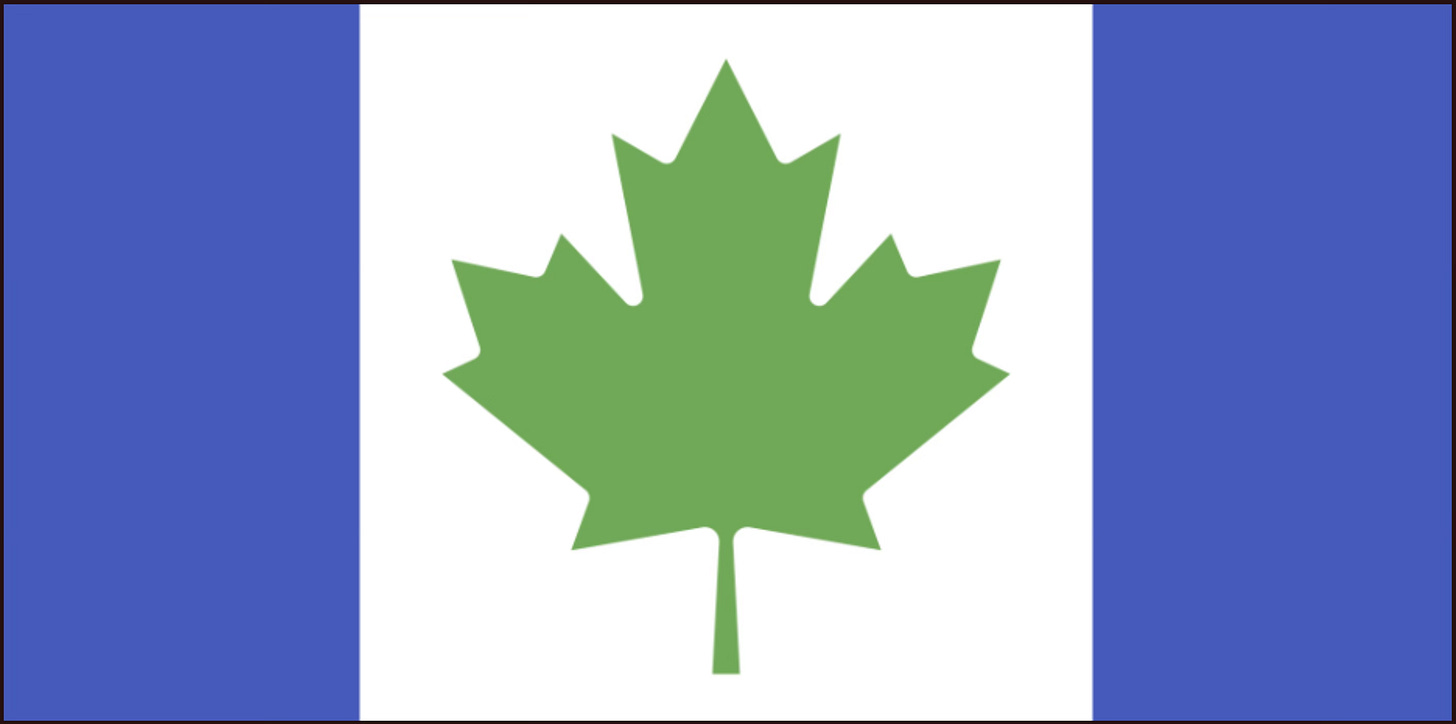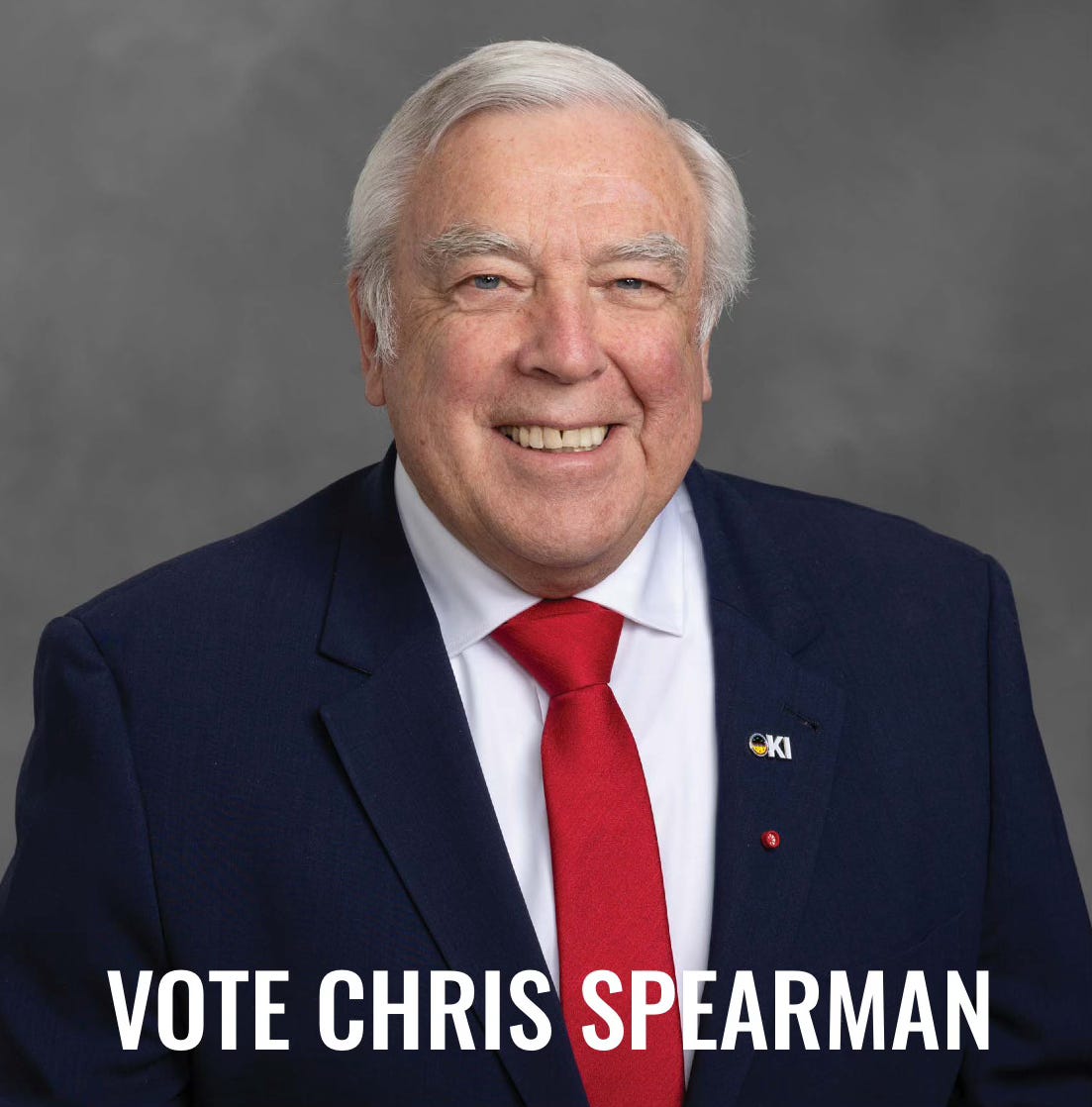Liberal platform promises comprehensive water and land protection: Hold your nose and vote.
Conservatives would trade Rocky Mountains for Australian Dollars and Chinese Yuan
As periodic complaints from NDP supporters attest, Crowsnest Headwaters does not reflexively support any particular political party over another. Our editorial choices are based on specific acts and policies related to the conservation of the Alberta Rocky Mountains, and most particularly the Crowsnest River watershed.
The current federal election is causing many voters to reconsider their traditional allegiances, largely because of the explicit threats to our sovereignty from a United States that Canada can no longer recognize as a friend and ally.
Even I, who has never voted for the Liberal or Conservative parties in a long life of covering politics as a journalist, am forced to reconsider my self-satisfying choices of parties that I safely know will never gain power.
The Bloc Québécois has a very progressive environmental platform reflecting the Quebec population’s green priorities, but is not an option for Albertans. The NDP platform promises “support for union jobs in clean industries” and decarbonization of the electricity grid. Nothing about water or landscape protection. The Conservative Party of Pierre Poilievre says it will join Alberta’s provincial UCP in encouraging the mining of coal from the Eastern Slopes of the Rocky Mountains. No need to dig further into the platform. The fractious Green Party offers the sanctimonious option of voting while at the same time wasting a ballot.
That leaves only the Liberals of Mark Carney, a rare climate change activist in the usually sociopathic world of global finance. And thanks to the masterful election campaign executed by Donald Trump, Mark Carney will assuredly form the government for the next five years.
It will be up to us to hold Carney to his promises about climate and environment, particularly regarding a hard stop to coal mining and watershed destruction in the Rockies. We will do our joyful best to be a pain in the butts of Mark Carney and especially Lethbridge candidate Chris Spearman who ably leads our sibling group Water For Food.
We are lending our vote to Carney and the Liberals, not gifting it for good.
Here are the key water-related commitments in the Liberal Party platform released April 19.
Protect more of our freshwater as it becomes increasingly attractive to foreign actorsby developing a National Water Security Strategy and prohibiting their inclusion in trade deals. We will also create a strategic water security technology fund to advance development of related Canadian R&D, AI, monitoring, and data tools.
Prioritize natural infrastructure, like forested areas and wetlands. Nature protects against flooding, storm surges, extreme heat, mudslides, and other natural disasters. The government will use a mix of conservation funding, climate change adaptation funding, and leverage public-private infrastructure investments to invest in nature that protects communities.
Map Canada’s ecologically sensitive areas. We will map Canada’s carbon and biodiversity-rich ecological landscapes – including ocean coastlines, peatlands, and permafrost areas – to enable a more holistic ecosystem approach to conservation, carbon accounting, and project development.
Crowsnest Headwaters can’t wait to press, and when necessary, harass and harangue the coming Liberal government on keeping these comprehensive commitments.
From the Liberal Party official platform:
Protect Nature
The Rockies. The Great Lakes. The High Arctic. The Bay of Fundy. The St. Lawrence. The Red River. The unparalleled natural beauty of our landscape is deeply woven into our identity and culture. It’s who we are as Canadians. And it needs to be protected.
Canada’s natural heritage is under threat from climate change and unsustainable development practices. It is also under a more immediate threat: President Trump wants Canada’s land, water, and resources. He wants to weaken us so America can own us – but we won’t let that happen. Protecting the ecological foundations of our country and our economy is a responsibility we owe ourselves, each other, and future generations. Our approach will draw on the wisdom of Indigenous traditions, the power of modern technology, and the strength of a united Canada.
A Mark Carney-led government will:
Protect more nature by advancing the creation of at least 10 new National Parks and Marine Protected Areas; supporting the creation of 15 new urban parks and green spaces in municipalities; halting and reversing nature and biodiversity loss through reinforced efforts to conserve 30% of lands and waters by 2030; and implementing the Global Biodiversity Framework.
Protect more of our freshwater as it becomes increasingly attractive to foreign actorsby developing a National Water Security Strategy and prohibiting their inclusion in trade deals. We will also create a strategic water security technology fund to advance development of related Canadian R&D, AI, monitoring, and data tools. We will also modernize the Canada Water Act to address evolving challenges. And through the Canada Water Agency, we will strengthen national water stewardship and launch a municipal stream under the Freshwater Action Plan for regions facing freshwater challenges and equipping them to safeguard local water resources. We will also invest in the deployment of new technologies and enforcement efforts in the fight against aquatic invasive species. Freshwater is a precious resource and we will keep our water clean, our ecosystems healthy, and our freshwater sovereign.
Launch the Canadian Nature Protection Fund to restore old-growth forests, safeguard carbon-rich peatlands, and revive our coastal waters. Every dollar Canadians, businesses, and philanthropists contribute will be matched by the federal government, up to $250 million. Together, we’ll supercharge conservation efforts, support Indigenous leadership, and protect our natural legacy for generations to come.
Conserve nature in partnership with Indigenous Peoples by expanding the Indigenous Guardians Program to include 50 new Arctic Indigenous Guardians This will support Indigenous leadership in environmental monitoring and land management ensuring invaluable traditional knowledge is incorporated into nature protection [more].
Champion nature conservation internationally by stopping illegal wildlife trade across our borders with modern digital solutions; ratifying the High Seas Treaty as soon as possible; and supporting growth of our marine resource sectors, while advocating for strong evidence-based international protections.
Improving Parks Canada’s disaster response capabilities, having learned lessons from what happened in Jasper, Alberta, last year, and the devastation experienced by the local economy and the surrounding nature and wildlife. We will invest to ensure our national parks have a well-resourced response force including expanding and equipping Parks Canada’s wildfire response teams with additional training and modern firefighting equipment to meet emerging wildfire threats. We will increase investment in FireSmart programs, including strategic debris clearing and controlled burns; ensure comprehensive evacuation planning for all communities within national parks, developed in collaboration with local and Indigenous partners; update building codes and infrastructure standards for all new constructions in national parks, ensuring climate-resilient design that accounts for future wildfire and climate risks.
Prioritize natural infrastructure, like forested areas and wetlands. Nature protects against flooding, storm surges, extreme heat, mudslides, and other natural disasters. The government will use a mix of conservation funding, climate change adaptation funding, and leverage public-private infrastructure investments to invest in nature that protects communities.
Map Canada’s ecologically sensitive areas. We will map Canada’s carbon and biodiversity-rich ecological landscapes – including ocean coastlines, peatlands, and permafrost areas – to enable a more holistic ecosystem approach to conservation, carbon accounting, and project development.
Proactively rehabilitate and mitigate environmental and species at risk impacts in areas where we expect there to be significant infrastructure development over the next five years. We will do this in cooperation with project proponents, provinces, territories, and Indigenous partners that could impact endangered and at-risk species across the country. This includes habitats and environments near ports, railroads, airports, highways, critical mineral sites, energy infrastructure, and more. This will ensure prevention, mitigation, or offset measures are in place before projects even break ground.





Vote efficiently. Chris Spearman in Lethbridge, absolutely! But Heather McPherson attended the stop the coal mining rally in Edmonton. Part of the NDP plan you omitted: We will put in place an ambitious nature plan to halt and reverse biodiversity loss in Canada. This includes passing a biodiversity accountability law informed by an expert panel with measurable targets for protecting at least 30% of high-carbon, high-biodiversity lands, freshwater and oceans by 2030.
We know from experience the UCP does not care about the Alberta citizens so they have even less concern for the environment. Liberals support environment protections and protection of citizens rights and services. It has always been this way. I have serious concerns re our Universal healthcare in Alberta that is being dismantled before our eyes. Services that were covered are no longer covered. Services that were offered are no longer offered. It boggles my mind that Albertan’s complain about the price of gas in Calgary fir example where there can be a big variation in pricing re prices in one community and drive 5 minutes away and it is less. They have the options to go a little further away. Yet none of them say anything about our healthcare we are guaranteed as our right
and services being delisted. They cost far more than a few pennies on a litre of gas. The priorities in this province are backward.